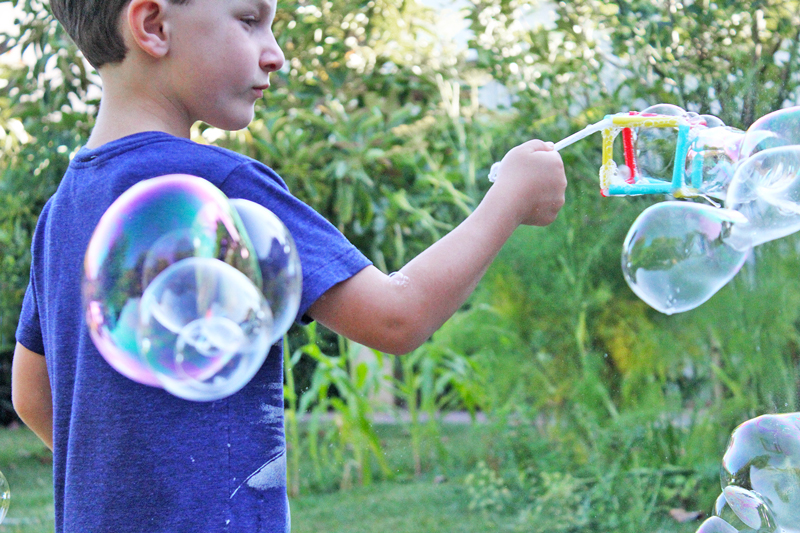
Summertime is such a great time of year. Traditionally, it’s a time to take a break from it all. To goof off and have fun. But these days, there’s no time for slacking for kids, and that even applies to preschoolers.
For school age kids, they are now expected to keep up their learning pace over the summer. Studies have shown that without continuing school work during the summer, kids can often slip back as much as two months in their learning. When they return to school in August or September, they are not only expected to remember all they’d learned the previous year but, in many cases, to be beyond where they’d left off. This applies from First Grade on up, with higher level grades having summer assignments.
So how does this apply to preschoolers? Summer is a great time to introduce them to new topics and areas of learning. For families where there is an older sibling, summer can be the perfect time to have them lead some learning activities with a preschooler. Perhaps it’s as simple as some drawing, basic reading skills or nature hikes and hunts. This engages both kids and can provide them a nice opportunity to have a lot of fun together.
Summer can often be a busier time for parents, with additional driving around, playdates, etc., so it can be tough to think about adding “academics” for preschoolers. Here are 5 ideas to help get you started:
Nature Hunt – Before heading out, set up a list of what you are going to hunt for on your “hike”. This could be things that are green, things that are circles, animals with four legs, etc. Be creative, but use it as an opportunity to focus on shapes, colors, counting and more. Then walk around your neighborhood or a nearby park or open space and see what you can find. Consider bringing a digital camera so your little one can document the hunt. If you’re really adventurous, help them make a presentation of it using Google Docs, or a similar program.
Measuring – Take a bunch of measuring cups and spoons and head out to the sandbox. It’s not important that your toddler be able to differentiate that they are scooping up a teaspoon versus a tablespoon. Instead, work on differences. Which is bigger? Which is smaller? If you put two piles together, can they be the same size as another pile? It’s a great way to work on relativity.
Bubbles – Kids of all ages love bubbles, especially in the summertime. Using different household items (strainers, string, cans, hangers,) form different shapes and see how they work as bubble wands. Do the bubbles come out the same shape as the wand? What helps make the biggest bubbles? Add an extra element by making your own bubble solution (instructions can be found online,) which includes measuring and counting.
Getting Buggy – Summer is the perfect time for bug collecting. Use a jar, buy a bug catcher or make one at a place like Home Depot. Then see what types of bugs you can find. Do some basic research online to help your child learn what type of food the bug eats, what their predators are and other facts that your child might be interested in. If there’s a bug your child is particularly interested in, visit the local library and find a storybook about that type of bug.
Ice – Summer is the perfect time to learn about ice – it helps to cool you down and is lots of fun. Do some experiments with ice. Make ice out of different shaped molds – does the water get bigger or smaller when it becomes ice? What happens to ice when it is put into the kiddie pool? Can the kids catch the ice floating in the pool? Or create a sensory bucket of ice with different play elements to see how the ice reacts to things like salt and water. Try creating a large block of ice with things like buttons and lego pieces in it and letting the kids “dig” them out using water.
There are so many ideas of ways to incorporate learning along with summer fun. With a little bit of ingenuity, you can help your toddler to keep learning during the “off months”, along with having some terrific family fun time.
